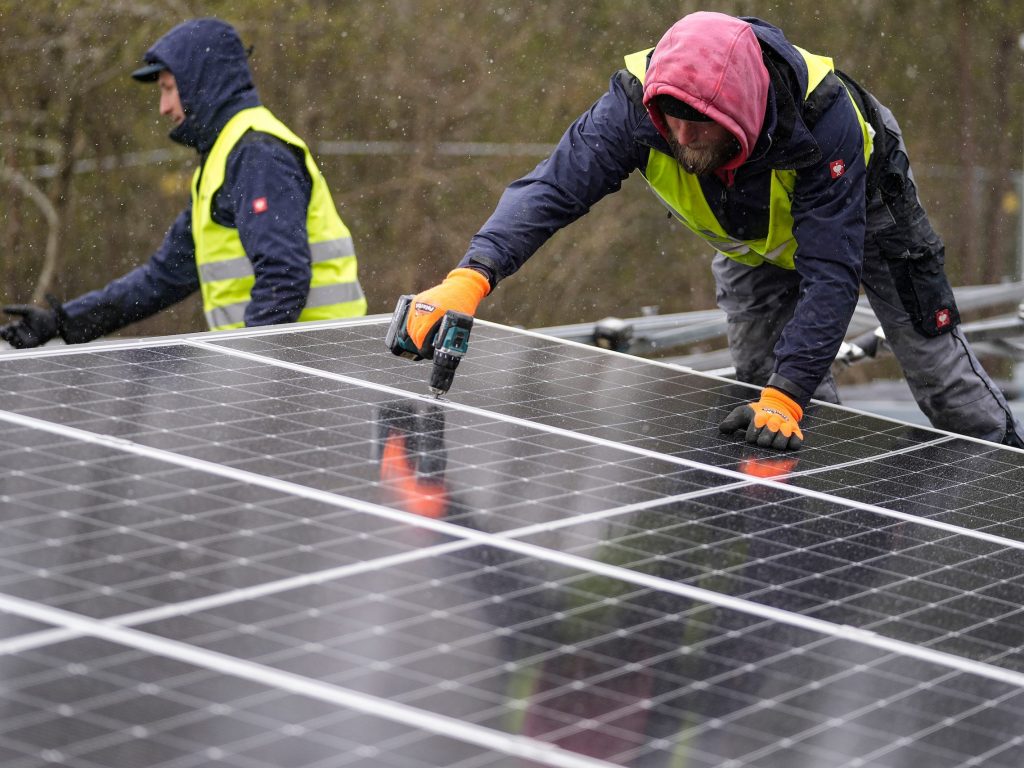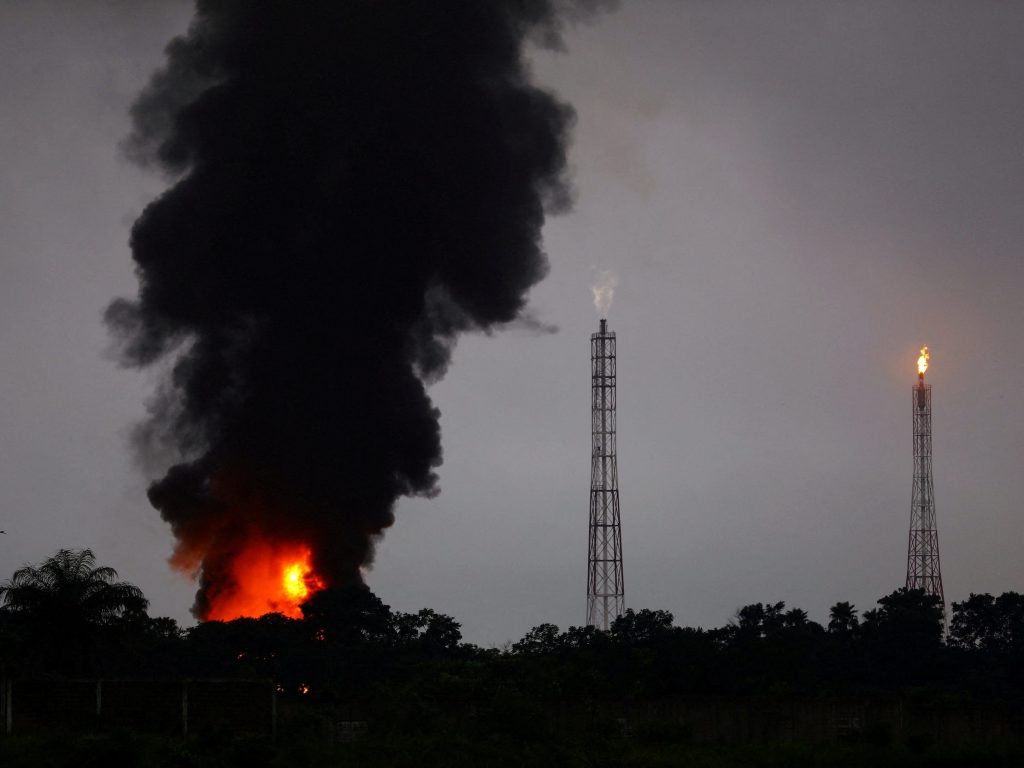- A major UN report offers a playbook for averting the worst effects of climate change, if the world acts now.
- Forests, solar farms, and compact cities with electric buses can make a huge difference this decade.
- Here are five doable solutions for turning around the climate crisis right now.
We only have three years left to avert the worst consequences of climate change, a sobering report from the United Nations warned on Monday.
Human activities are releasing heat-trapping gases, like carbon dioxide and methane, into the atmosphere. That's caused global temperatures to rise 1.1 degrees Celsius in the last 170 years, and the planet is on track to warm roughly 2 more degrees by the end of the century, catastrophically endangering humans' physical health, our food and water supply, the availability of safe places to live, and the survival of animal species.
However, there is still time to change our ways. That's the focus of the new report from the UN's Intergovernmental Panel on Climate Change (IPCC), authored by hundreds of scientists from across the globe.
"As long as you want to keep temperatures below about 3 degrees, we needed to peak emissions immediately, as soon as possible — ideally five to 10 years ago — and the latest, before 2025," Edward Byers, an energy and climate researcher at the International Institute for Applied Systems Analysis, and a lead author on the report, told Insider.
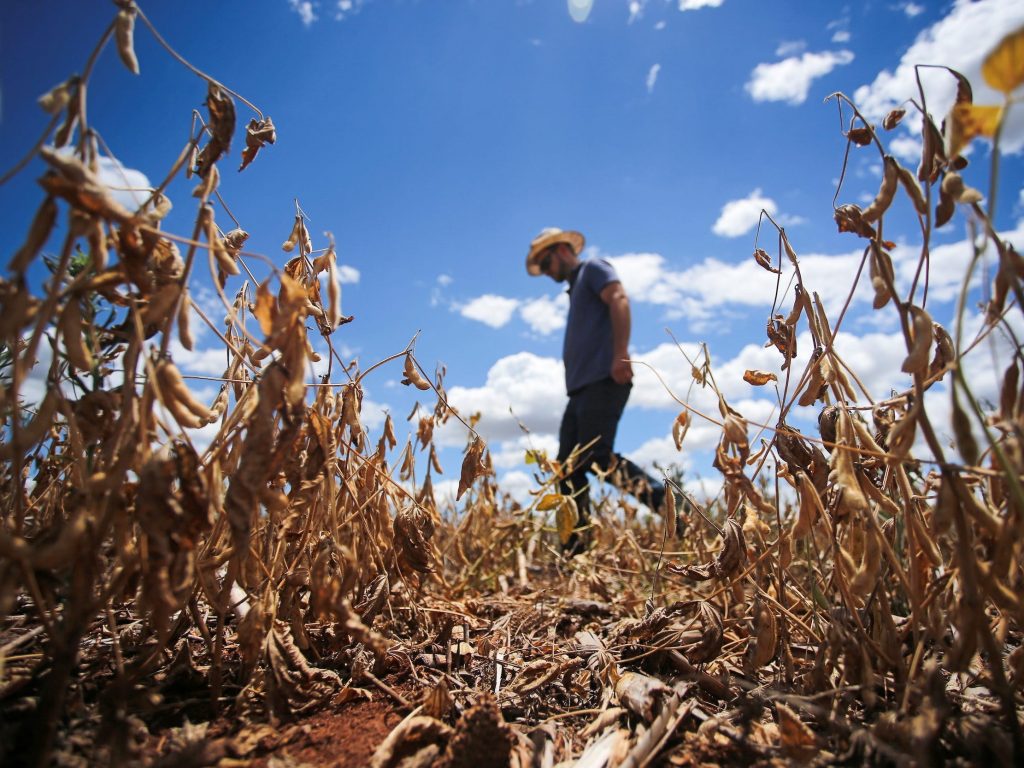
If global emissions of heat-trapping gases peak by 2025, plummet to half their current level by 2030, and drop to zero by 2050 — there's a chance the planet won't warm past 1.5 degrees. In nearly 3,000 pages, the report lays out a playbook to meet that ambitious timeline.
Many of the measures in the IPCC's roadmap are cheap, quick, and doable with current technology. Some, like improved mass-transit systems, offer additional benefits, like creating new jobs and addressing socioeconomic inequity.
"The global benefits of climate action exceed the cost," Stephanie Roe, a lead author on the report and a climate scientist at the World Wildlife Fund, told Insider.
"It's still possible," Byers said.
Here are five straightforward climate actions that governments and businesses of all sizes can tackle right now.
Retrofit cities for electrified transit, biking, and walking
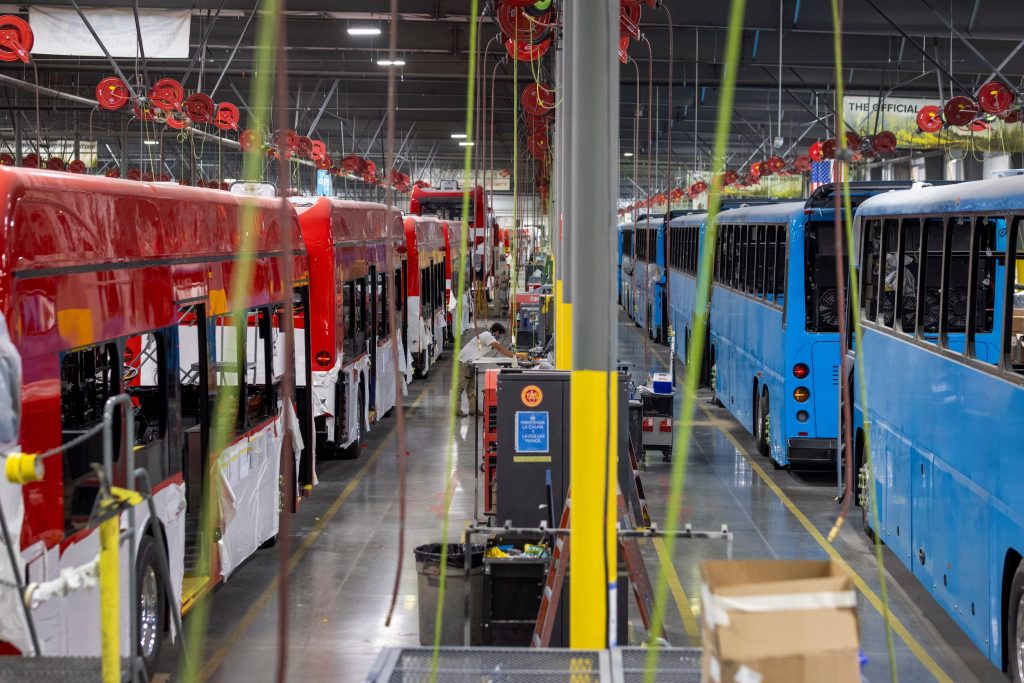
Cities and urban areas make up two-thirds of all global emissions, according to the new IPCC report. Redesigning urban transportation could cut about one-quarter of those emissions by 2050.
That means building housing near workplaces, so that residents have short commutes, and designing streets that encourage biking, walking, or taking shared public transit instead of driving personal vehicles. The IPCC also recommends running public buses, trams, and other transit vehicles on electricity rather than oil.
The report found that these measures would ultimately save money. They would likely improve local air quality, too.
Ditch fossil fuels for solar and wind power
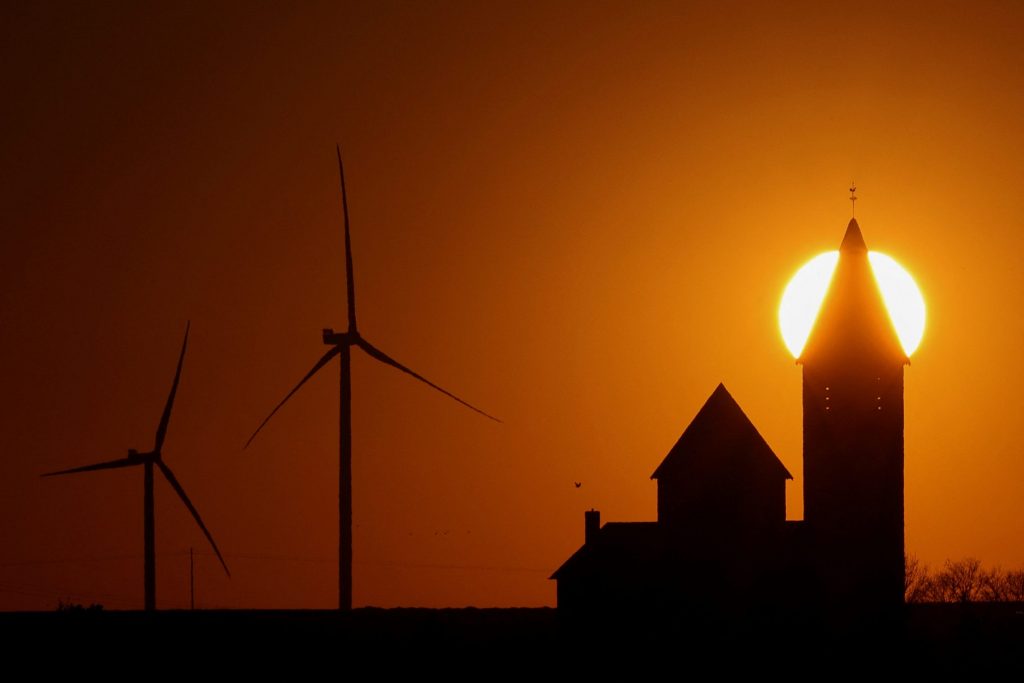
Electric buses and trains won't drive down emissions much if their energy comes from coal-fired power plants. Fossil fuels like coal, oil, and natural gas release lots of carbon dioxide and methane when we burn them for energy.
For that reason, the energy sector is a far bigger greenhouse-gas polluter than sectors like agriculture or transport. In 2019, energy suppliers produced about 34% of all human-driven emissions worldwide, according to the IPCC report.
Climate scientists' core message: We must stop using fossil fuels as quickly as possible.
Every pathway to limit warming to 1.5 or even 2 degrees requires almost eliminating fossil-fuel use by the 2050s, Byers said.
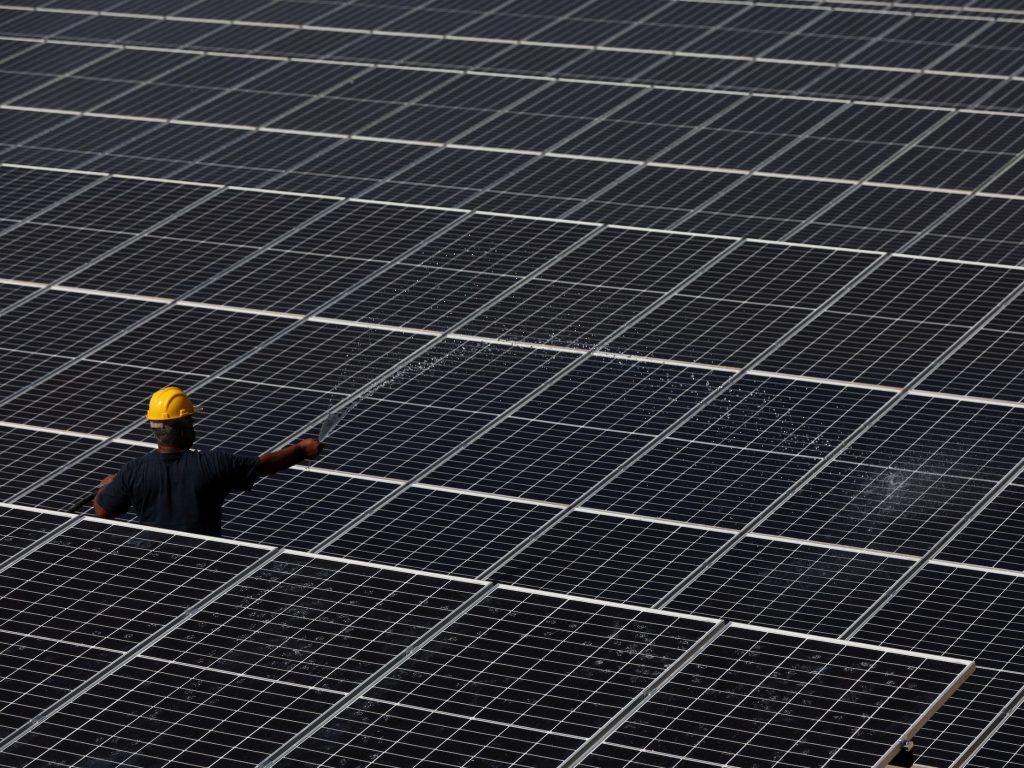
The good news is that wind turbines and solar panels have become significantly cheaper to install and operate in the last decade. Now, renewable energy is often competitive with fossil fuels. Governments, businesses, and households should draw energy from wind and solar farms whenever possible, the report recommends.
"Renewables can be done rapidly and very cheaply nowadays," Byers said, adding, "The electricity sector has made lots of progress on this."
Cut methane emissions by patching leaks
Nearly one-fifth of all the energy sector's emissions are methane — a powerful gas with 30 times the heat-trapping potential of carbon dioxide.
Most of that methane comes from "fugitive emissions," meaning leaks from fossil-fuel transportation and processing facilities. An analysis of satellite images from 2019 and 2020 found more than 1,800 methane plumes along gas pipelines all over the globe. Altogether, the study calculated, those leaks' emissions were comparable to 20 million additional vehicles on the road for a year.
Because the gas has such a potent heating effect in the atmosphere, a drop in methane emissions can help rapidly reduce the speed of global warming. Patching gas leaks would probably save energy companies money, too.
"That is a really low-hanging fruit, I think, that can be easily addressed," Roe said.
Stop wasting food
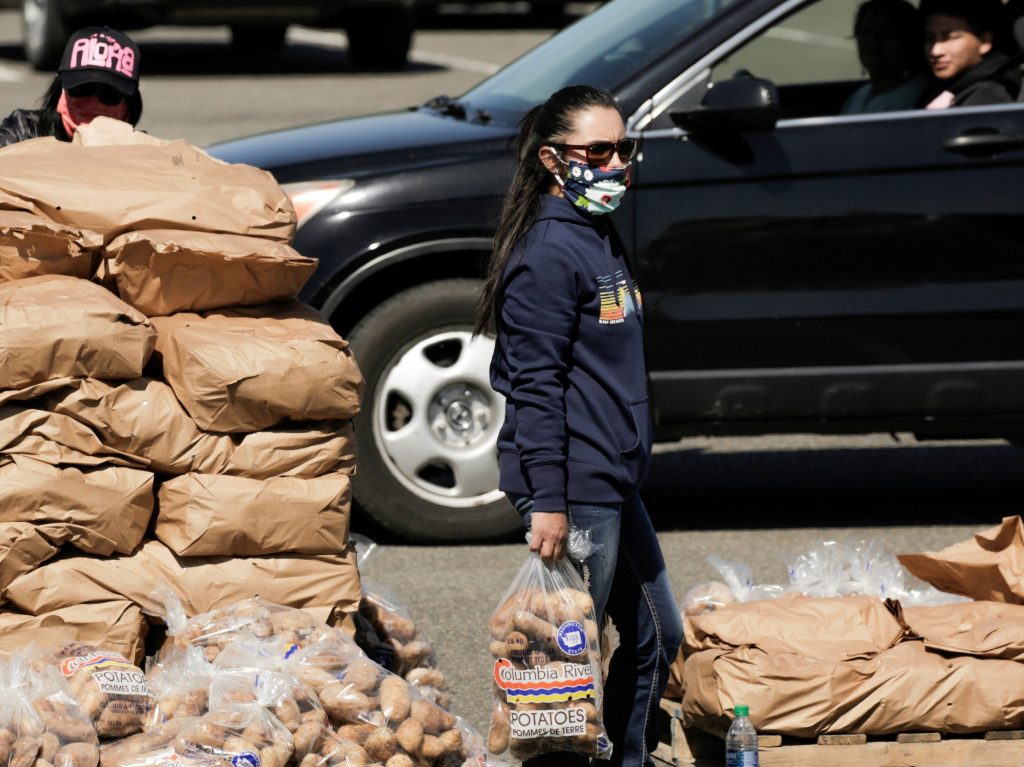
Methane also comes from livestock and waste facilities, as cows belch and garbage decomposes. Landfills are the third-largest source of methane emissions in the US, and food waste is the largest category of garbage, according to the Environmental Protection Agency. The Department of Agriculture estimates that 30-40% of the US food supply is wasted.
Wasting less food would mean fewer methane emissions at the landfill and could also reduce emissions upstream in food production. Using food that previously would have gone to waste could allow us to produce less of it, which would mean fewer emissions from fertilizer, farming, and food-processing machinery.
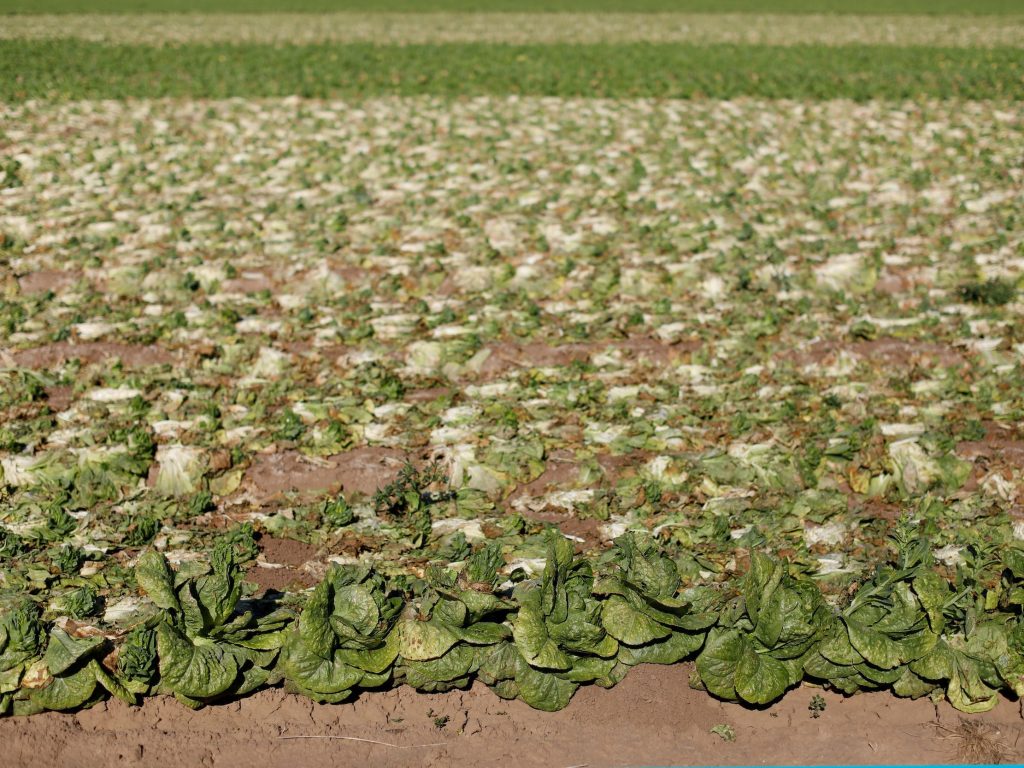
That's a lifestyle change that individuals and families can make in developed countries. According to the IPCC report, 61% of the world's food waste came from households in 2019.
"That is an easy way to both increase efficiencies and reduce your own costs as a consumer, reduce the cost down the supply chain, and make a big, big difference in terms of reducing emissions, but also limiting and reducing pressure on land," Roe said.
Protect forests and grow more of them

Trees thrive by absorbing carbon dioxide from the air and storing it in their tissues. That's why forests can be a powerful tool to slow global warming.
The IPCC report calls for protecting forests across the planet from deforestation, or the die-off of trees from changing climate conditions, fires, or humans cutting them down. It also points to afforestation, meaning planting new trees where there are none.
"Afforestation is something that can be deployed today," Byers said.
Growing trees takes time, he added, but "it can be done in every country in the world."
In this decade, the IPCC's plan could cost $100 or less for every ton of carbon dioxide emissions it prevents. More than half of those mitigation strategies cost just $20 or less per ton, the report estimates. Many of them would ultimately save money.
But relying on just one solution isn't enough.
"There are no silver bullets. We need to do it all," Roe said.

